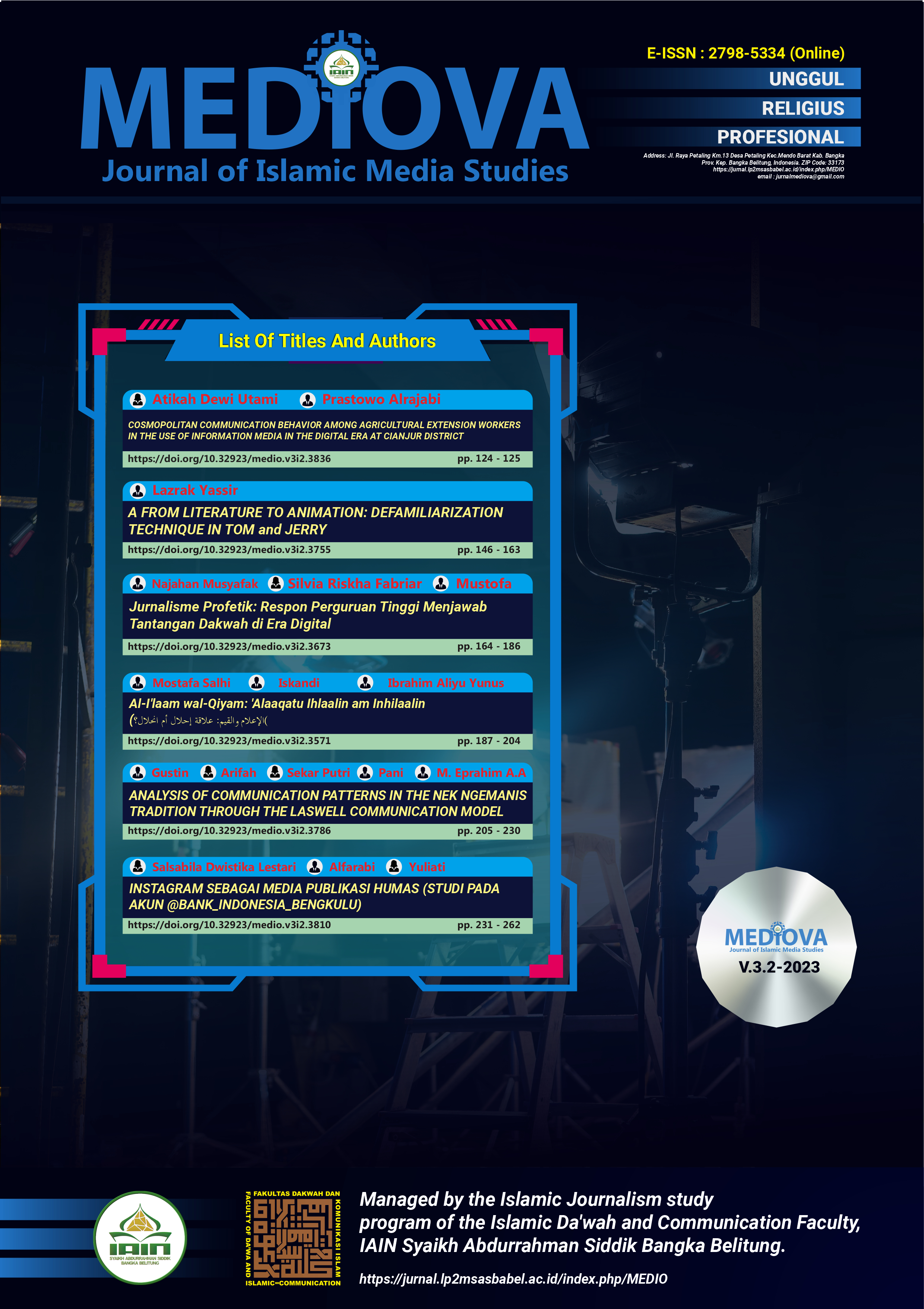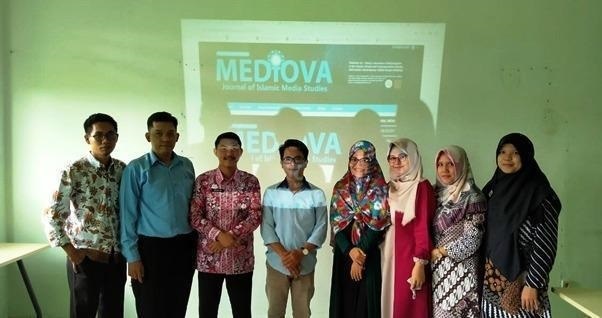A FROM LITERATURE TO ANIMATION: DEFAMILIARIZATION TECHNIQUE IN TOM and JERRY
Abstract
Defamiliarization is the artistic technique of making the audience perceive familiar objects in an unfamiliar way in order to enhance perception of the familiar. The term was first used in 1917 by Victor Shklovsky, one of the leading figures of the literary criticism movement known as Russian formalism. Victor Shklovsky’s Defamiliarization technique has been employed in various art forms, including animation, which primarily targets younger viewers. In this sense, William Hanna and Joseph Barbera’s creation Tom& Jerry is widely regarded as one of the greatest animated series of the 20th century. This iconic series is evidence of the popularity of animation and its ability to draw a large viewership for decades. With its innovative approach to visual storytelling, timeless humour, adorable characters, and -above all- its artistic use of defamiliarization technique, Tom & Jerry has left an indelible mark on the animation industry, entertaining viewers worldwide of all ages and soldifying its status as a true masterpiece. Based on the visual analysis method, this paper adapts Shklovsky’s technique of ‘defamiliarization’ from literature to animation, explaining its various aspects and considering its practical implications. The results obtained show that defamiliarization manifests itself multifariously in Tom & Jerry and that it can affect the perceptions of younger viewers who may misinterpret the defamiliarized visuals due to their cognitive immaturity.
Downloads
Copyright (c) 2023 Lazrak Yassir

This work is licensed under a Creative Commons Attribution 4.0 International License.
Copyright Assignment
As an author of Journal Mediova of the Islamic Journalism study program of the Islamic Da'wah and Communication Faculty, IAIN Syaikh Abdurrahman Siddik Bangka Belitung, I, who sign below:
Declare:
- My paper is authentic; my own writing and it has not been published/proposed on any other journals and publication.
- My paper is not plagiarism but my original idea/research.
- My paper is not written by other help, except with Board of Editors and Reviewers recommendation who have been chosen by this journal.
- In my paper, there are no other writings or opinions except referred in bibliography and relevant with the rule of writing in this journal.
- I will do this assignment for sure. If there are irregularities and untruths in this assignment, I will be responsible later according to the applicable law.
- Authors retain copyright and grant the journal right of first publication with the work simultaneously licensed under a Creative Commons Attribution 4.0 International License that allows others to share the work with an acknowledgment of the work's authorship and initial publication in this journal.
- Authors are able to enter into separate, additional contractual arrangements for the non-exclusive distribution of the journal's published version of the work (e.g., post it to an institutional repository or publish it in a book), with an acknowledgment of its initial publication in this journal.
- Authors are permitted and encouraged to post their work online (e.g., in institutional repositories or on their website) prior to and during the submission process, as it can lead to productive exchanges, as well as earlier and greater citation of published work (See The Effect of Open Access).









.png)









